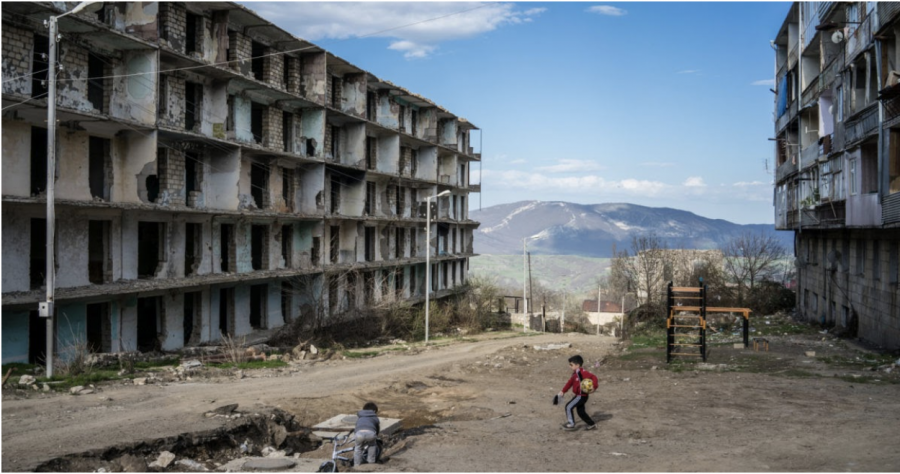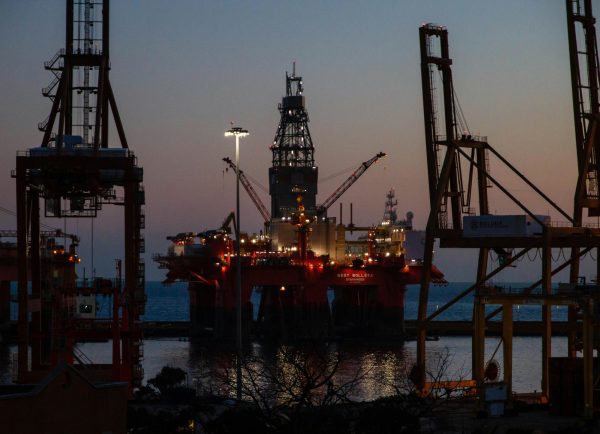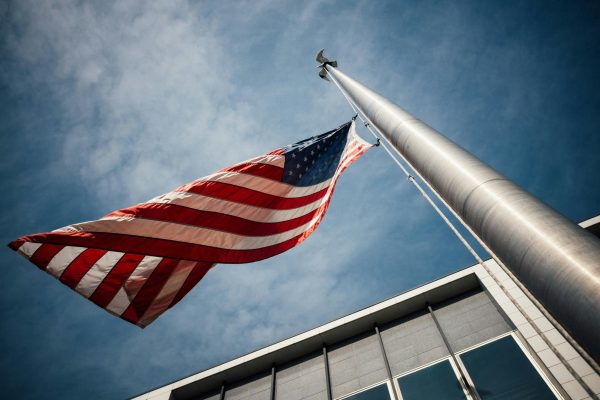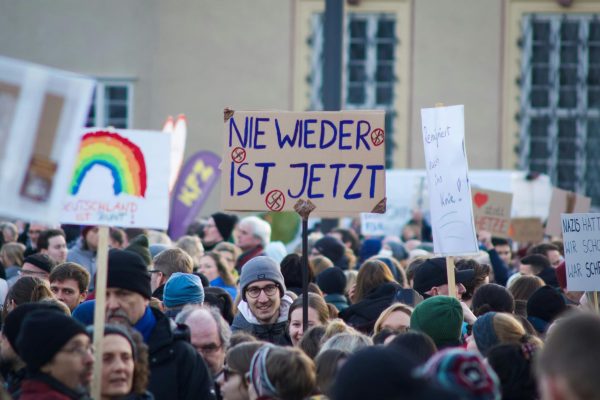The Unwanted Truth of Nagorno-Karabakh
On the 27th of September, another armed conflict between two opposing sides rose up and caused strife within the Nagorno-Karabakh region between Azerbaijan and Armenia.
On the 10th of November, one month later, a second ceasefire was signed, giving Azerbaijan huge advantages over Armenia and Artsakh. Azerbaijan took back five cities, four towns, 240 villages, and the entire Azerbaijan–Iran border. Although another ceasefire was signed, there is an extremely high chance that this is not the last we will hear of this conflict, and hostilities within the region are higher than ever. This is due to the Armenian Protests, which started right after the signing of the ceasefire, angering the people of Armenia. This conflict is an essential factor to the Russian-Turkish proxy conflict, which is being even more convulsed with Turkey being a supporter of Azerbaijan and with Russian peacekeeping forces being deployed into the region.
The Nagorno-Karabakh conflict dates back to the 20th of February 1988. This is an ethnic and territorial conflict dating back to the early 19th century but has become a full-scale war since the 1990s. The dispute of Nagorno-Karabakh is between Armenia, Azerbaijan, and the self-declared Republic of Artsakh, which encompasses a portion of Azerbaijan where the majority of people are ethnic Armenians. A ceasefire was signed in 1994 to help calm tensions between Armenia, Artsakh, and the opposing side Azerbaijan. This ceasefire leads us up to today with the situation, which makes it evident that the ceasefire of 1994 was a failure as it never could calm down the tensions.
On the 10th of November, several hours after the ceasefire was signed and the president ceded all Armenian claimed territory, thousands of people took to the streets, and hundreds stormed the Parliament building in the capital Yerevan. Throughout the following days, clashes between protesters and security forces surged on. One of the leaders of the protest, the opposition politician Artur Vanetsian, was arrested for plotting to overthrow the government and kill the country’s prime minister Nikol Pashinyan. Up to today, people are still wishing for the resignation of the prime minister and want him out of office as soon as possible. One may ask how so much violence can occur after one ceasefire. However, this is an example of nationalism at its best, with Armenians wanting to prove that they are not inferior to Azerbaijanis. The youth of Armenia and Artsakh still want their pride and to prove their worth. Many nations around the world fight for their nationalism and their ethnicity with pride, one of the key factors in the Russian-Turkish proxy conflict.
The Russia–Turkey proxy conflict is a geopolitical struggle between Turkey and, initially, the Syrian government which turned into a military crisis between the countries of Russia and Turkey. Military aggression between the two sides has grown exponentially throughout the years and continues to threaten the region. The Nagorno-Karabakh is simply another example of this struggle and anger between each side. Due to Azerbaijanis and Turkish people being of Turkic ethnicity, they have always supported each other in dire times, which include the Nagorno-Karabakh conflict. On the other hand, Russia continues to support Armenia with military force and weapons. The Russians were able to secure their position in the region after the ceasefire as they were allowed to send in their troops into the region as “mediators”.
All of this just assumes that this conflict is far from over. The Armenian protests prove that the common people themselves are still ready to fight and want revenge for their lost territories. The Russian troops being deployed in the region also confirm that this is all just a ploy for the Russia–Turkey proxy conflict to continue and become more aggravated than ever before. Artsakh will continue to push itself away from Azerbaijan with Armenia and Russia making sure that they are prepared for further conflict in the future.





